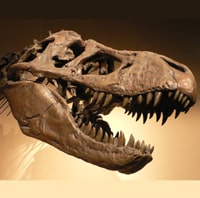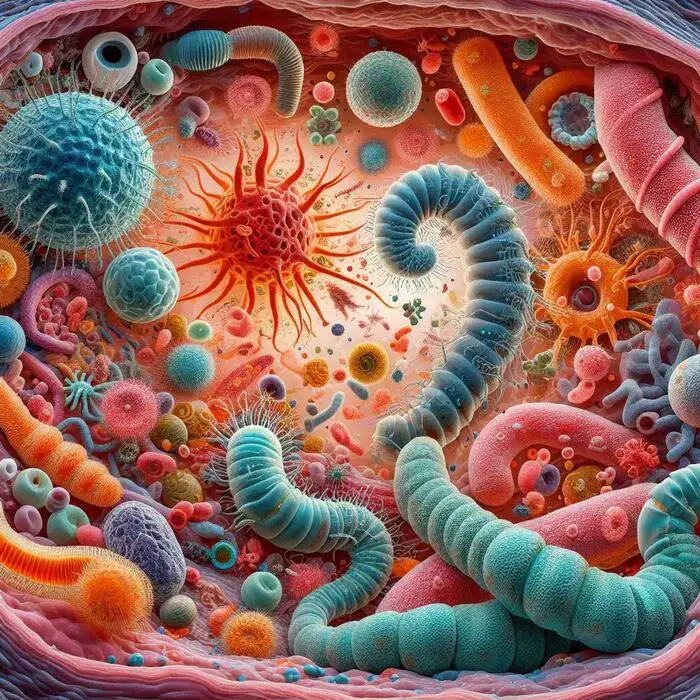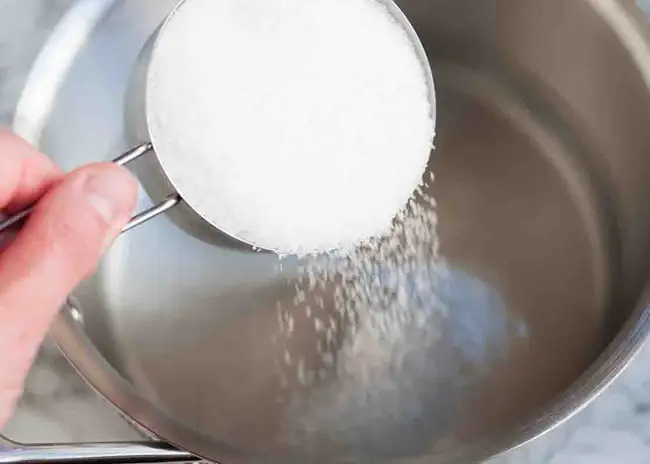English Documentary on Fossils English Documentary on Fossils https://www.youtube.com/watch?v=bRuSmxJo_iA What are fossils Like buried treasure, they lie hidden from sight, echos of ancient past, they whisper secrets and tell tales once lost to time. Fossils are remnants or impressions of ancient organisms that are naturally preserved in stone. Fossils categories While there are hundreds of fossil types, they are often grouped into two major categories: body fossils, which are the preserved remains of plants and animals, and trace fossils, which are records of an animal’s behavior, such as footprints. Together, they form fossil records, a primary account that tells the ...
Home » English Documentaries with Transcript » English Documentary on Fossils with Flashcards

English Documentary on Fossils with Flashcards
Updated: by Nuran Eekshana
Time to Read: 4 minutes | 289 Views | 6 Comments on English Documentary on Fossils with Flashcards



Here is my second question: What is the meaning of tar pits?
Tar pits refer to tiny pores or holes on the ground that were filled with tar or black thick liquids like resin or amber, but black. The fossils were preserved so well in these tar pits.
Hello Dr.Hariri. I have a question on this reading. What is the meaning of the word (Film) in this sentence:
Carbonization transforms soft tissues into thin black films of carbon.
Hi Armaghan. Glad to see you being active in our comment forms.
The original meaning of ‘film’ has been a pretty thin layer or sheet of something, and since it was used in photography and movie making (I mean the thin layer or sheet of something), the scope of its meaning was expanded.
Like buried treasure they lie hidden from sight, echos of ancient past They whisper secrets and tell tales One lost Time fossils are remnants or impressions of ancient organisms that are naturally preserved in stone While there are hundreds os fossil types they are often grouped into two major categories, body fossils which are records of an animal’s behavior such as footprints together. they from fossil records , a primary account that tells the story of life on part through stone fossilization or the process of preserving organisms in Stone Can occur in countless ways. These methods are largely grouped depending on whether The organism are altered during the Fossilization process. Fertilization that does not alter a specimen can help to preserve its original form of texture. Among many methods this group included organism that have been frozen preserved in tar pits and mummified one special case involves trapping organism often times in sects in amber This process beings When an organism is covered in tree sap. The sop or resin forms a protective seal around the entrapped organism all time the soft resin hardens and turns into ember with the organism suspended within this process create a biologically Insert tomb for the organism Allowing it’s of tissues to remarkably preserved other fossilization method changed the specimen as it is being preserved for instance Carbonization transforms soft tissues into thin black films of carbon in fact countless layers of Carbonized plant material create a well-known fossil fuel. Coal But one of the common types of fossilization That changes a specimen is called permineralization. Permineralization being when minerals from water or the ground enter The pores of dead. Dead plant or animals what time the minerals attach them selves clinging onto Cellular walls and building cry stay line not working in the empty cavities This mineralization hardens The bone and turns into stone Thereby preserving it’s original structure in fossil form When conditions are right fossilization Can preserve crucial information about an organized permineralized wood contains enough information to identify it’s tree genus and sometime its species insects encased in amber have been so well preserved that their genetic material was extracted And partially sequenced and foot prints left behind by accident hominids help pain a picture of what life was like for early human ancestry Millions of years ago With every Fossils uncovered. The plant ancient past becomes clearer helping shape our understanding Of our world today.
Thank you so much for transcribing this documentary.